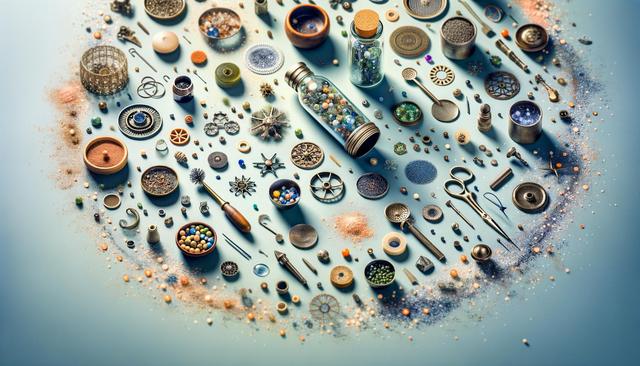Understanding Your Hard Floor Type
Before diving into any homemade cleaning tips, it’s essential to identify the type of hard flooring in your home. Different materials such as hardwood, tile, laminate, and vinyl each have specific care needs. Using the wrong cleaner can damage the surface, strip away protective coatings, or leave behind sticky residues. For example, excess water can warp hardwood, while acidic solutions may dull natural stone tiles. Knowing what type of flooring you’re dealing with will help you choose the most suitable cleaning method and safe ingredients.
Here are a few ways to identify your floor type:
- Hardwood: Typically has a grain pattern; may be sealed with polyurethane.
- Laminates: Often mimic wood or tile; have a synthetic top layer.
- Vinyl: Smooth and water-resistant, often with a padded underlayer.
- Tile: Can be ceramic, porcelain, or natural stone with visible grout lines.
Once identified, you can tailor your cleaning routine to maintain both cleanliness and longevity.
Homemade Cleaning Solutions That Work
Several safe and effective homemade cleaning solutions can keep your hard floors looking their best. These use ingredients commonly found in kitchens and are free of harsh chemicals. One of the most reliable mixtures includes water, vinegar, and a few drops of essential oil. However, note that vinegar should not be used on natural stone or unsealed wood due to its acidity.
Here’s a versatile solution for sealed hard floors:
- 1 gallon warm water
- 1/2 cup white vinegar
- 5-10 drops of an essential oil (like lemon or lavender)
This cleaner works well for tile, vinyl, and sealed wood floors. For laminate, use a similar mixture but reduce the water to prevent over-saturation. If you’re dealing with stone floors, opt for a mix of warm water and a few drops of mild dish soap.
Always test any solution on a small, hidden area of flooring first to ensure it won’t cause discoloration or damage.
Tools and Techniques for Effective Cleaning
The tools you use for cleaning are just as important as the solution itself. Microfiber mops are an excellent choice for hard floors as they trap dust and dirt without scratching the surface. Avoid using sponge mops on hardwood or laminate, as they can push water into cracks and crevices.
Consider these techniques for optimal results:
- Dry dusting regularly to prevent buildup of debris
- Using a damp—not wet—mop for deeper cleaning
- Changing mop water frequently to avoid spreading dirt
- Using soft-bristle brushes for grout lines or textured surfaces
For stubborn stains, a baking soda paste (baking soda and water) can help lift grime without damaging the floor. Apply gently with a cloth and rinse thoroughly afterward.
Preventive Measures to Keep Floors Cleaner Longer
Prevention plays a big role in minimizing the need for deep cleaning. A few simple habits can reduce dirt and damage to your hard floors over time. Placing mats at entryways is one of the easiest ways to trap dirt before it spreads throughout your home. Encourage household members and guests to remove shoes upon entering to prevent scratches and residue from being tracked indoors.
Other helpful tips include:
- Using felt pads under furniture legs to prevent scuffing
- Cleaning up spills immediately to avoid stains or water damage
- Routine sweeping or vacuuming to remove abrasive particles
- Rotating rugs and furniture to allow even wear
These practices not only keep your floors looking cleaner but also extend their functional lifespan.
When to Deep Clean and How to Do It Safely
Even with regular maintenance, hard floors occasionally need a more thorough clean. Deep cleaning frequency depends on foot traffic, but once every few months is generally sufficient. Use your homemade cleaning solution with a microfiber mop or a floor steamer that’s safe for your floor type. Avoid soaking the floor and always ensure adequate ventilation to help it dry faster.
Here’s a gentle deep cleaning routine:
- Vacuum or sweep thoroughly to remove loose dirt
- Apply your homemade cleaner in sections
- Wipe with a damp microfiber mop, rinsing often
- Dry the floor with a clean towel or allow it to air dry
For wood floors, consider using a slightly damp mop and drying immediately to prevent moisture damage. For tile or vinyl, a bit more moisture is acceptable, but always avoid puddles or standing water.
Adding a maintenance schedule to your calendar can help keep your floors consistently clean without much effort over time.







